Stage 2 Periodontal Disease
Stage 2 periodontal disease. Gingivitis is the first stage of gum disease representing the mildest form of periodontal disease. When this happens the patients gum line will become visibly inflamed and redder than before. Patients with early periodontal disease typically have a gingival pocket depth of between 4-5 millimeters.
Once a patient reaches stage two the infection has spread to the bone and begins its bone-destroying process. Stage 2 Periodontal Disese Periodontitis. The second stage of periodontal disease is considered slight and while not reversible it can be managed with regular dental care.
Early bone loss is sometimes present at this stage with gingival pocket depth sometimes reaching as deep as 5 millimeters. Advanced bone loss does not come back easily or cheaply. Severe bone loss will occur meaning that upwards of 80 of your teeth could suffer loss and your teeths roots could be under attack.
Early periodontitis is marked by inflamed gum tissue that has surrounded the teeth resulting in early bone loss. Gingivitis can quickly advance into slight periodontal disease if left untreated. Periodontitis is the more dangerous form of periodontal disease.
Summary of some of the signs that may indicate periodontal disease. During this stage sufferers are often tasked with making difficult decisions about what to do with the future of their teeth. About 10 percent of the population develops full-blown periodontitis that results in drastic bone loss.
Treatment for Stage 2 Periodontal disease This pet needs a professional teeth clean under anesthetic by a veterinarian trained in veterinary dentistry ASAP. If left untreated simple gingivitis can advance into early periodontal disease. Advanced Periodontal Disease Persistent bad breath Severe toothaches Loose teeth Tooth loss Bone loss.
The bacteria evolves and becomes more aggressive which is what causes the additional bone loss. You may notice inflammation of your pets gums bad breath and some visible plaque and tartar.
This is the final stage of gum disease.
Interdental clinical attachment loss radiographic bone loss tooth loss and probing depths for Stage I and II. The second stage of periodontal disease is considered slight and while not reversible it can be managed with regular dental care. Stage 2 Also known as early periodontitis this stage occurs when there is a small amount of bone loss less than 25 visible on oral radiographs. With this stage gingivitis advances into the deeper periodontal structures the tissues that connect the teeth to the bone resulting in early or initial bone loss. The four stages of periodontitis are based on the amount of damage that has already occurred. Early periodontitis is marked by inflamed gum tissue that has surrounded the teeth resulting in early bone loss. When this happens the patients gum line will become visibly inflamed and redder than before. Gingivitis is the first stage of gum disease representing the mildest form of periodontal disease. This is at a point where further destruction and loss of bone can be prevented.
Once a patient reaches stage two the infection has spread to the bone and begins its bone-destroying process. Once bone tissue is destroyed it cannot be regenerated. Slight periodontal disease is the second stage of periodontal disease. If left untreated simple gingivitis can advance into early periodontal disease. Once a patient reaches stage two the infection has spread to the bone and begins its bone-destroying process. Additionally furcation involvement ridge defects and bite collapse are involved in Stages III and IV. The bacteria evolves and becomes more aggressive which is what causes the additional bone loss.
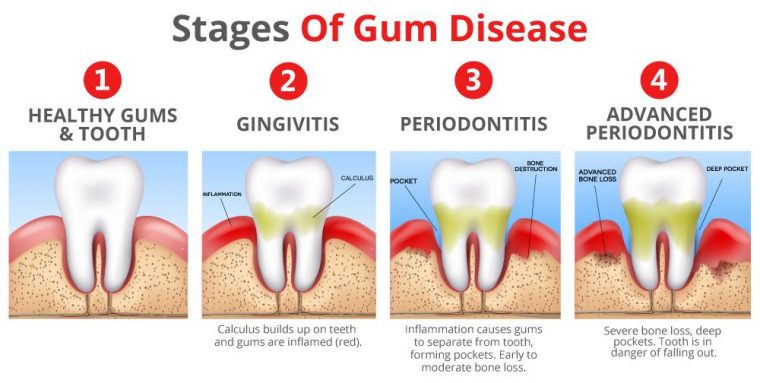


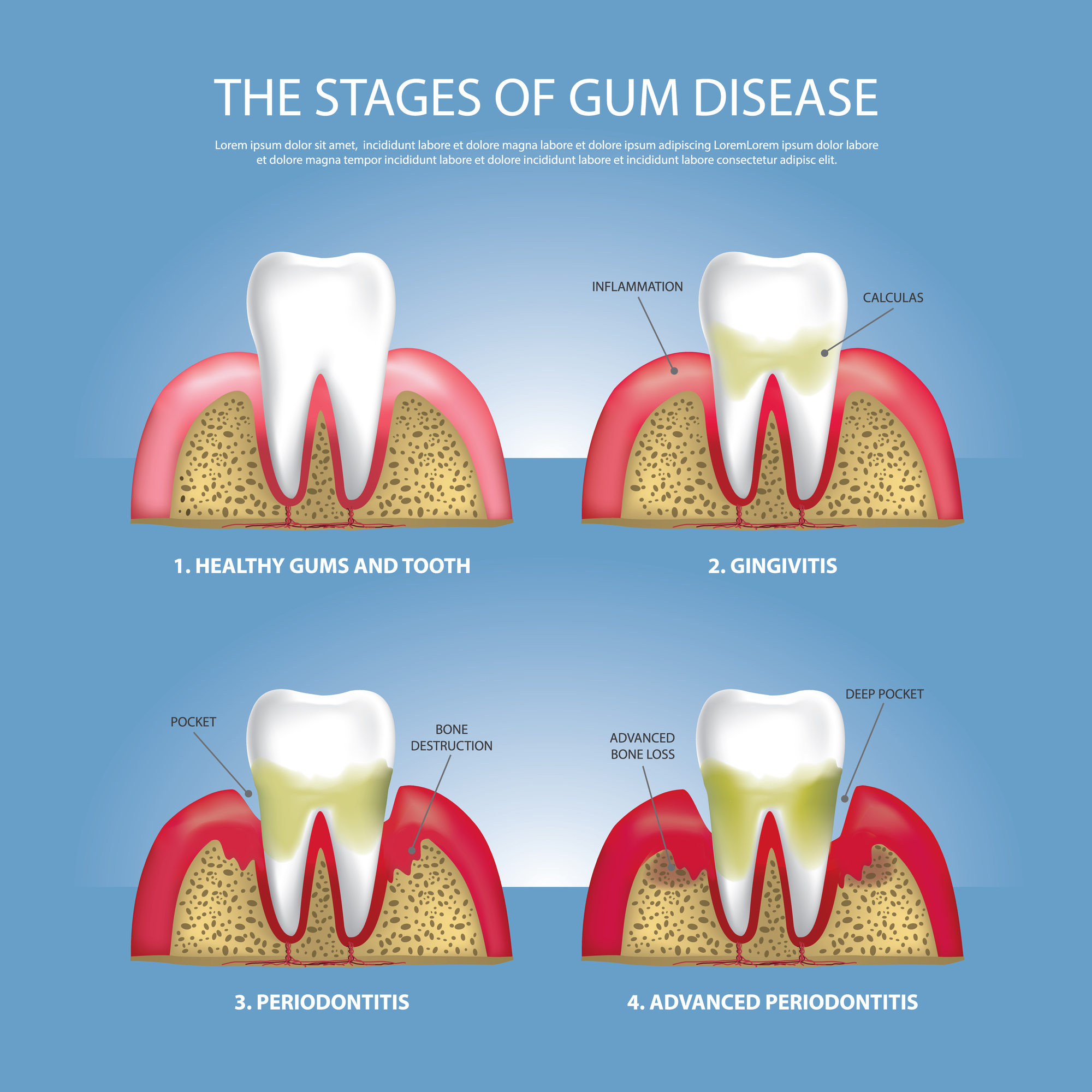
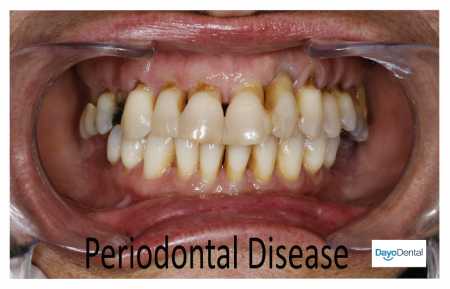



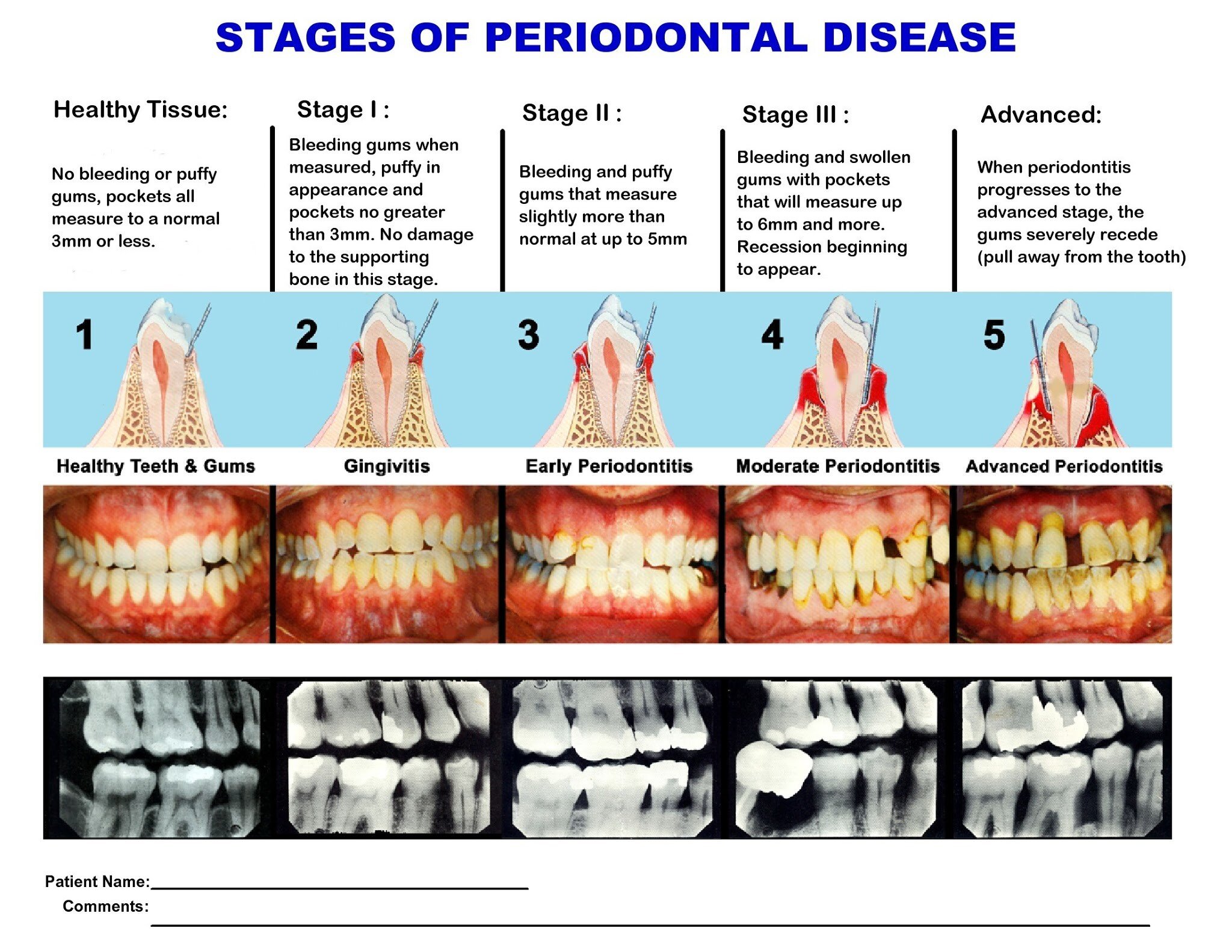

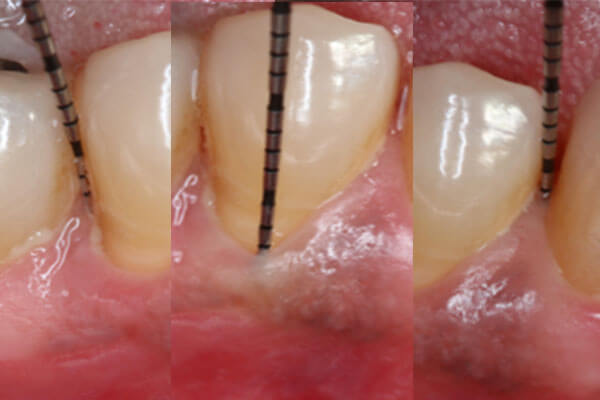


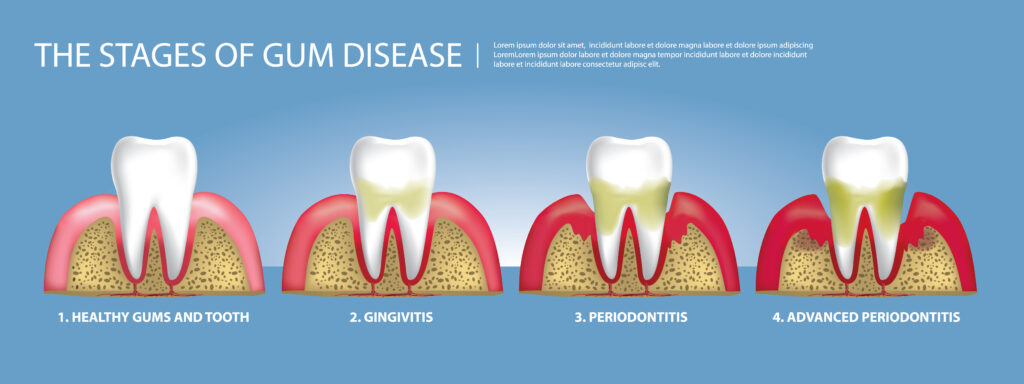





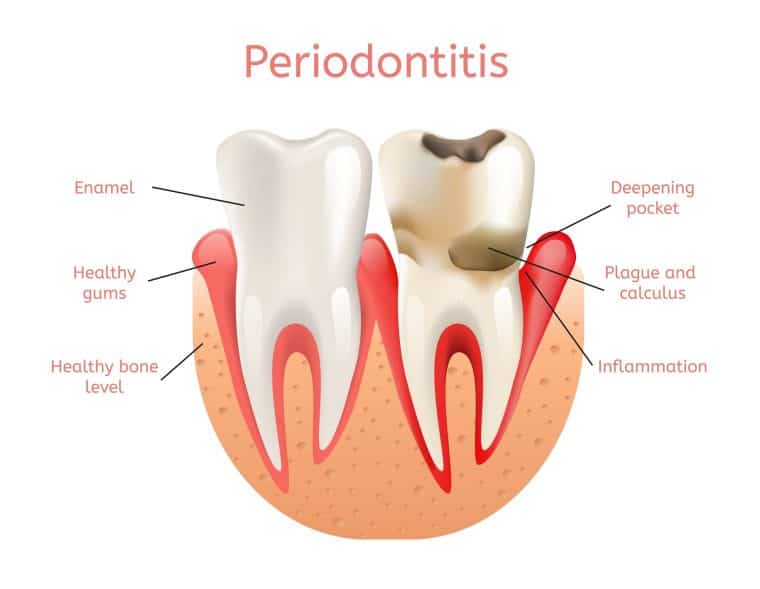



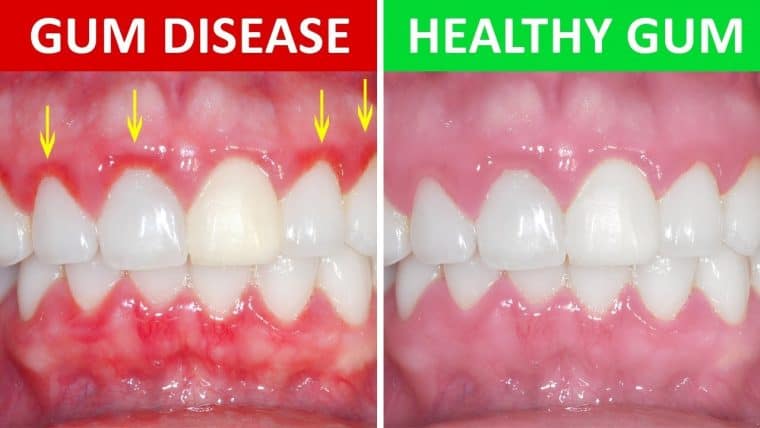





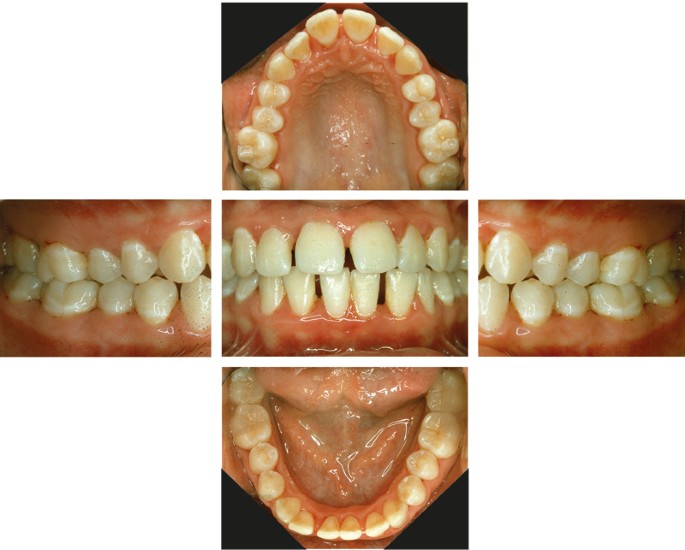
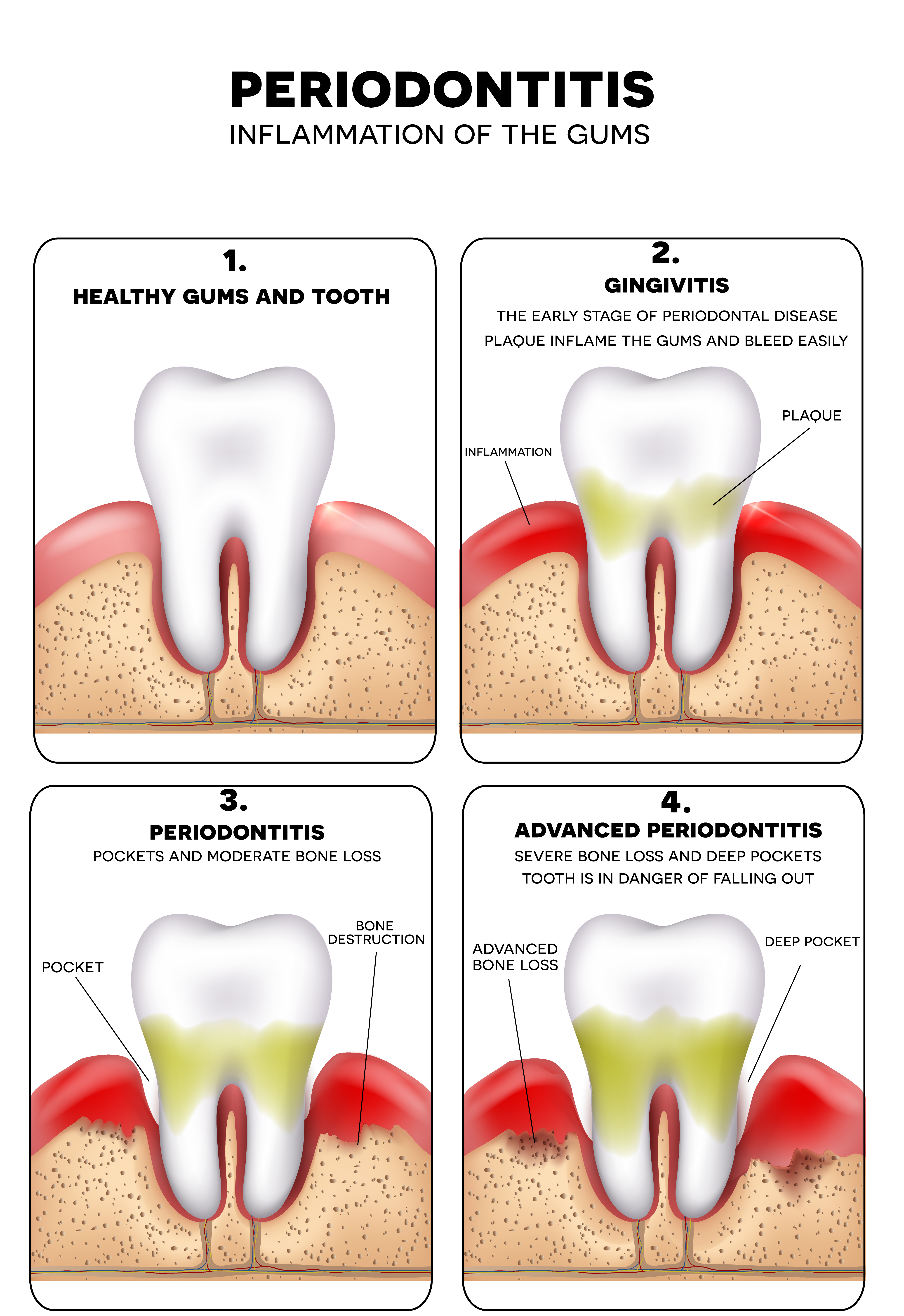
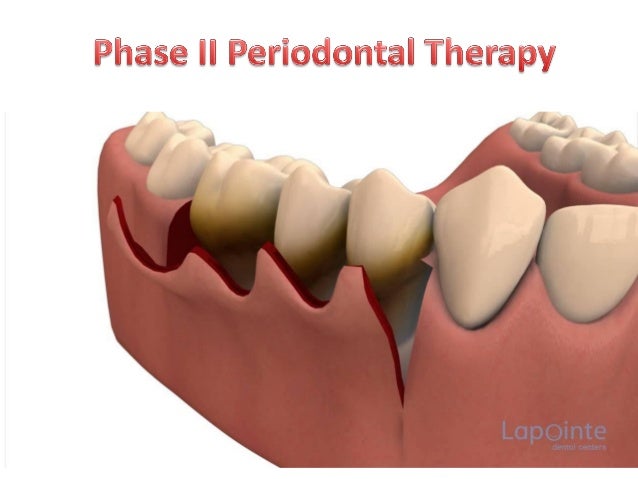


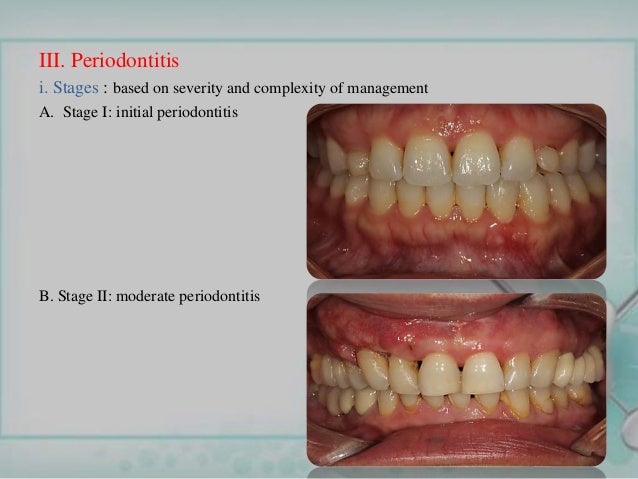

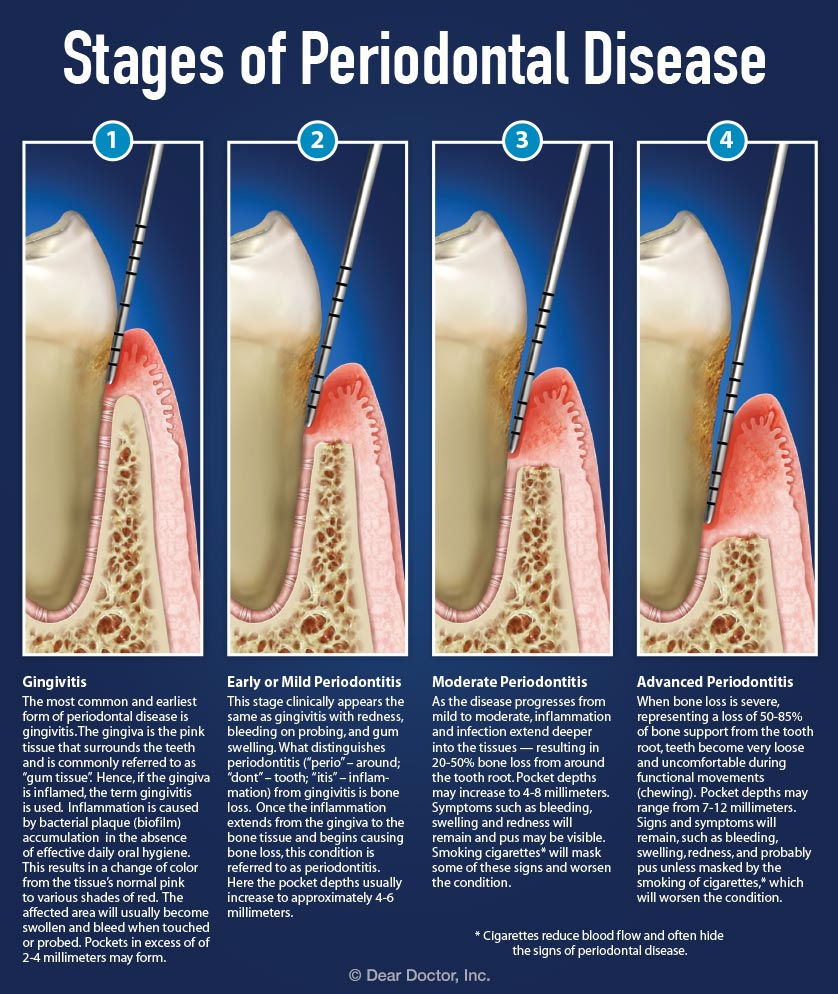



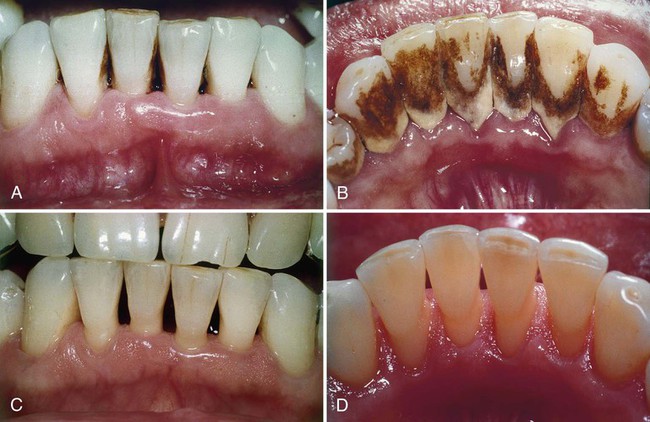




Post a Comment for "Stage 2 Periodontal Disease"